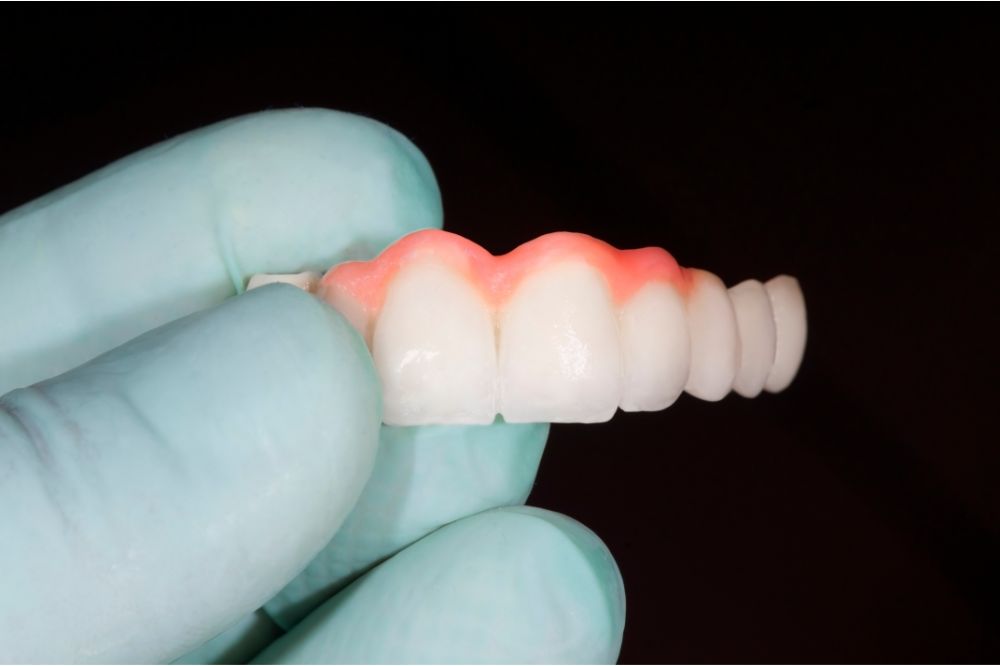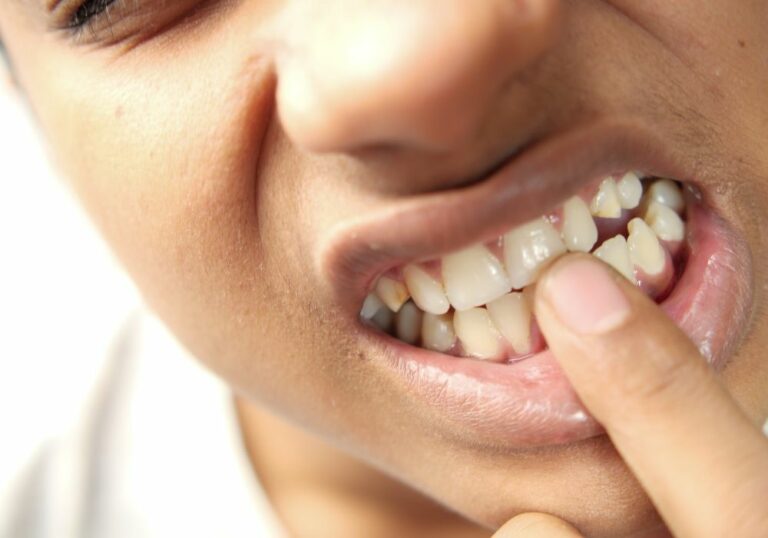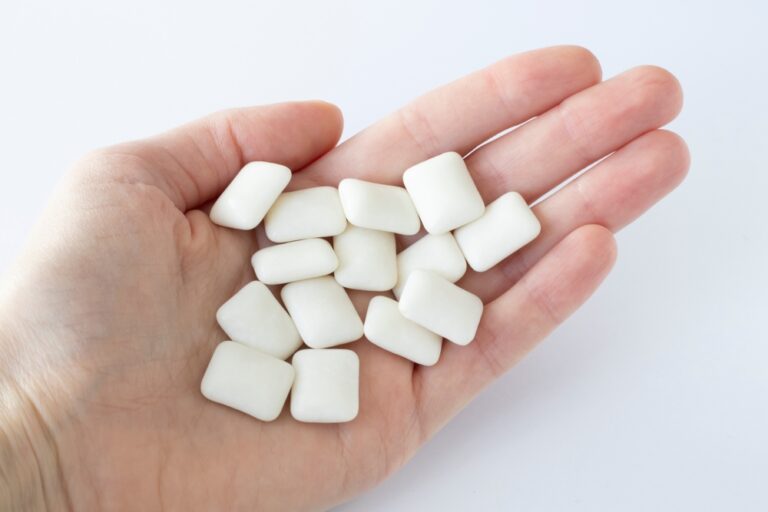If you have a gap in your teeth, you might be thinking about possible solutions for having it filled in to restore your smile, in which case something you might be considering is having a dental bridge fitted.
Dental bridges can be an ideal solution if you’ve lost one or more teeth, and they’re relatively affordable compared to some other options. However, they don’t last forever, so to explain how often they need replacing, here, we discuss the question, how long do dental bridges last?
How Long Do Dental Bridges Last? The short answer
Before we get into the details of dental bridges, how long they last and what can affect their lifespan, let’s start with a short answer.
How long do dental bridges last?
In general, you can expect dental bridges to last for around 15 years.
However, lots of factors can affect this, and sometimes they will need to be replaced after only five years – while in other cases, they can even last up to 20 years or more.
So now, to understand why there’s such variation in how long they last and what determines how quickly they need to be replaced, let’s jump in and look at the topic in a bit more depth.
If you want to learn more about dental bridges and preview some of the things we’re going to be talking about, you can also check out this video before reading on.
What are dental bridges?
Let’s start at the beginning – what are dental bridges?
A dental bridge is a solution for tooth loss that fills a gap by inserting a false tooth and attaching it to the teeth on either side. In this way, it creates a “bridge” between the two adjacent teeth, hence the name.
There are several different types of dental bridge, and it’s also possible to have a bridge that’s only attached to a tooth on one side, something we’ll look at now.
What are the different types of dental bridge?
Broadly speaking, there are four types of dental bridge – traditional, cantilever, Maryland and implant-supported. Here are the differences.
1. Traditional dental bridges
Traditional dental bridges consist of a false tooth, known as a “pontic”, that’s placed between two real teeth on either side of the gap.
A crown is placed on each of the abutting teeth, and the false tooth is then attached to these crowns to hold it in place.
This type of bridge relies on there being healthy teeth on either side of the gap. If two or even three teeth are missing, a bridge of two or three teeth is also possible as long as it can be attached to healthy neighboring teeth on each side.
At the same time, the longer the bridge, the weaker it is, and a traditional bridge used to fill a three-tooth gap may not last as long as a single-tooth bridge.
2. Cantilever dental bridges
A cantilever dental bridge relies on the same principle as the traditional version, but it is only attached to a single tooth to hold it in place instead of one on either side.
This option is often used when only one healthy tooth is available for the bridge to be attached to.
As a result, the pontic hangs over the gap from the abutment tooth, hence the name.
However, cantilever dental bridges are not as strong or long-lasting as traditional dental bridges.
3. Maryland dental bridges
With Maryland bridges, instead of attaching the pontic to crowns, metal wings are used. This is often preferred for bridges on front teeth, but this system doesn’t typically provide the amount of support required to resist the pressures created when chewing with back teeth.
4. Implant-assisted dental bridges
An implant-assisted bridge may be used when there are no suitable teeth to attach another type of bridge to.
Instead, implants are first fused with the jawbone in a process known as osseointegration, and once this is complete, usually after around three to six months, the bridge is then attached to crowns fitted to the implants.
With this kind of bridge, as long as the osseointegration process is successful, the implants themselves are essentially permanent. However, the crowns will wear down just as any other type of crown would, and the bridge will also eventually need to be replaced.
As well as these four types that are considered permanent, removable dental bridges also exist that clip into the mouth for aesthetic purposes and for eating – but that are then removed for cleaning and maintenance.
What are the factors that can affect how long dental bridges last?

Although dental bridges can be expected to last around 15 years, there are a few factors that can increase or decrease their lifespan, and here are the most important.
1. Which type of bridge
The type of dental bridge that’s fitted can affect how long it lasts before it needs to be replaced.
For example, a traditional dental bridge is extremely sturdy, and as long as it’s properly cared for, it should last a long time.
However, cantilever and Maryland bridges are not as strong, so they may break or wear out faster.
2. Material used
The material used for the bridge can also dictate how long it will last. Usually, porcelain is used for modern bridges, a material that gives the best balance of durability and natural aesthetics.
However, other materials like gold can be used – gold is among the most durable options, but gold bridges don’t look natural, and many people will prefer not to have conspicuous gold teeth.
3. Dental hygiene and care
One of the most important factors that determine how long a bridge will last is dental hygiene and care.
If you look after your bridge – and the rest of your teeth – through regular brushing and flossing along with regular trips to your dentist for check-ups, it will help increase the life of your dental bridge.
4. Diet
Once a dental bridge has been fitted, you should be able to eat anything you like, just as you would with natural teeth.
However, certain foods may still reduce the amount of time they last. For example, if you often eat hard, crunchy foods – like candy or hard dried fruit – it is likely to increase wear and tear on the bridge.
Similarly, if you eat sticky foods like caramel, you may inadvertently dislodge the bridge, and it will then need to be replaced.
FAQs
Why do dental bridges need replacing?
As we’ve established, dental bridges are designed to last for a long time, and if you take good care of them, it’s possible for them to last for 15 years or more.
However, eventually, they will inevitably need replacing, but why is this?
Part of the reason is that the crowns they are fitted to suffer from regular wear and tear, just like natural teeth, and eventually they will wear out. When this happens, you will need to have them replaced.
Similarly, the cement that holds the bridge to the crowns may gradually wear down, and again, when this happens, the bridge will need replacing.
Finally, sometimes accidents happen, and if you are unlucky, you may break your bridge by biting into something that was too hard. A dental bridge may also be broken in an impact, which will mean it needs replacing.
Is a dental bridge the right option for you?
If you have a missing tooth or teeth, finding the right solution to fill the gap is important for both practical and aesthetic reasons.
Dental bridges are relatively simple to fit, and they are also more economical than implants.
Furthermore, they are designed to last a long time, so you won’t need to worry about having your bridge replaced for quite some time.
However, they are not the only option, so the best thing to do is discuss your choices with your dentist to decide which is the best solution for you.
Which type of dental bridge is best?
No particular type of dental bridge is better than the others – but some types are more suitable in certain situations.
If you are thinking of having a dental bridge fitted, the best thing to do is to talk about your options with your dentist so you can best understand which is the most suitable for you.
How can you make your dental bridge last longer?
The best way to ensure your dental bridge lasts as long as possible is to follow normal dental hygiene best practices by brushing regularly and flossing daily.
You should also go for regular dental check-ups to identify any problems early and have them fixed before they become more serious.
An affordable, long-term solution
So as we’ve seen, not only are dental bridges relatively affordable, but they’re also a long-term solution – if you have a dental bridge fitted, it can potentially stay in your mouth for the next fifteen years.
However, for it to last this long, you’ll need to take proper care of it – but if you have good oral health and visit a dentist regularly, there’s no reason why you shouldn’t expect it to last this long – or even longer.







